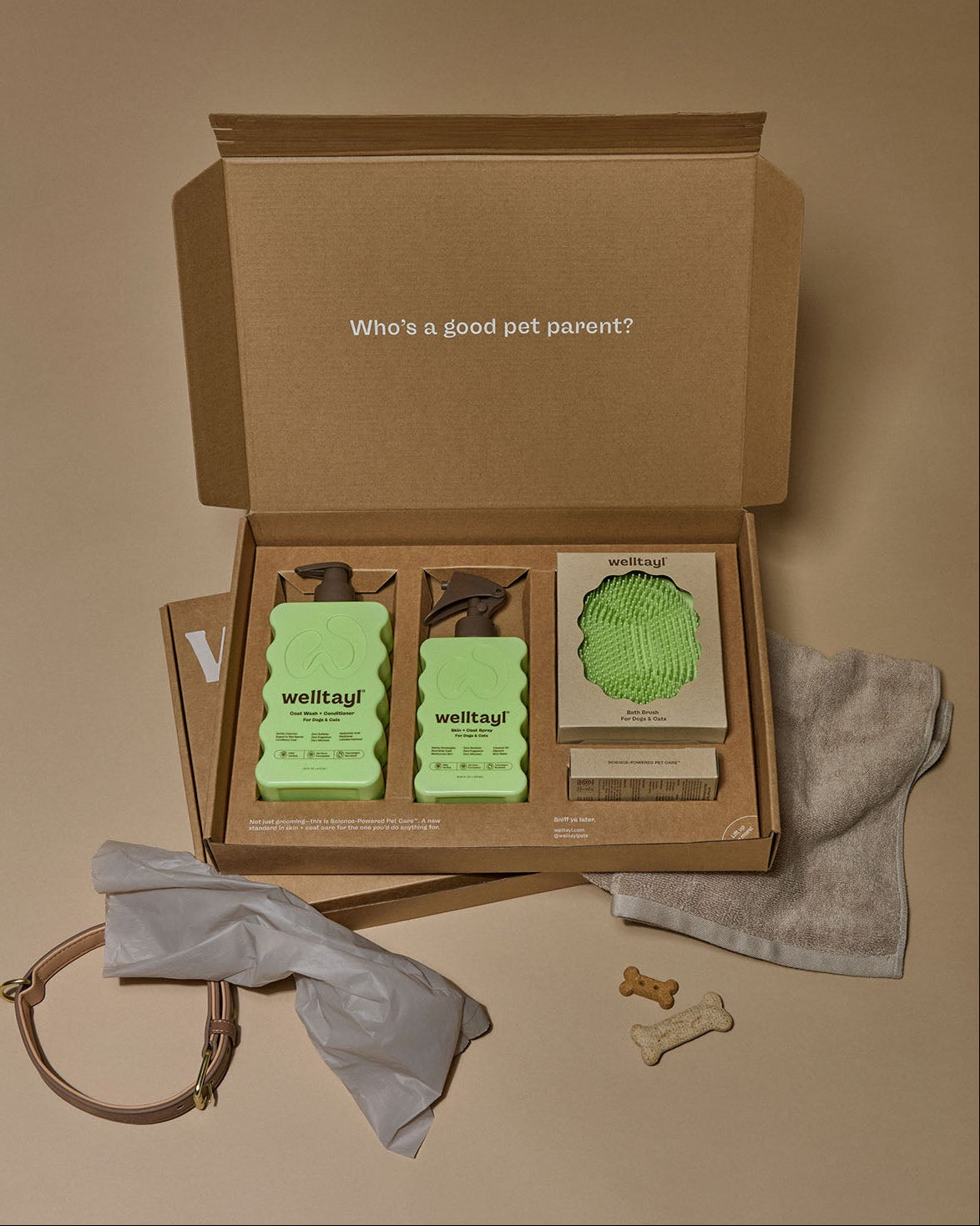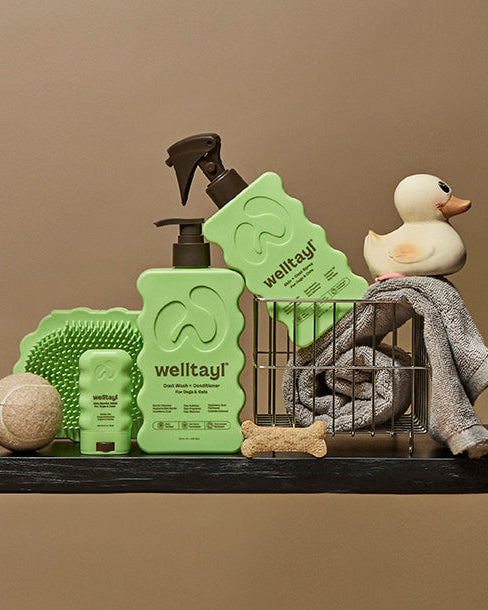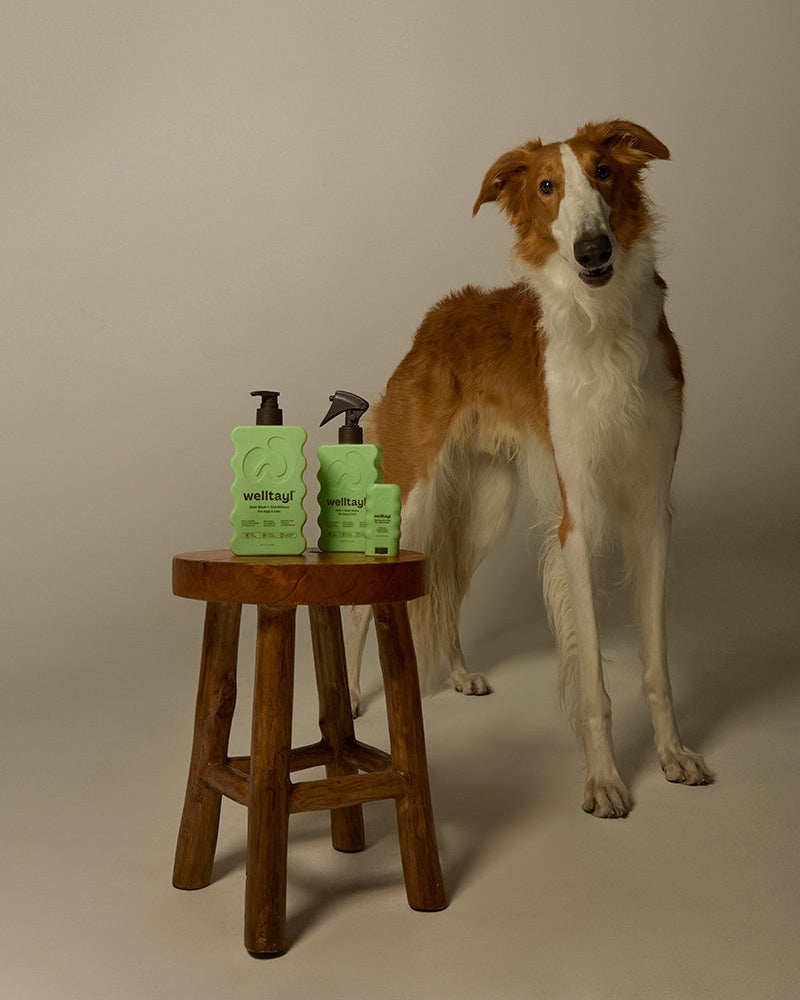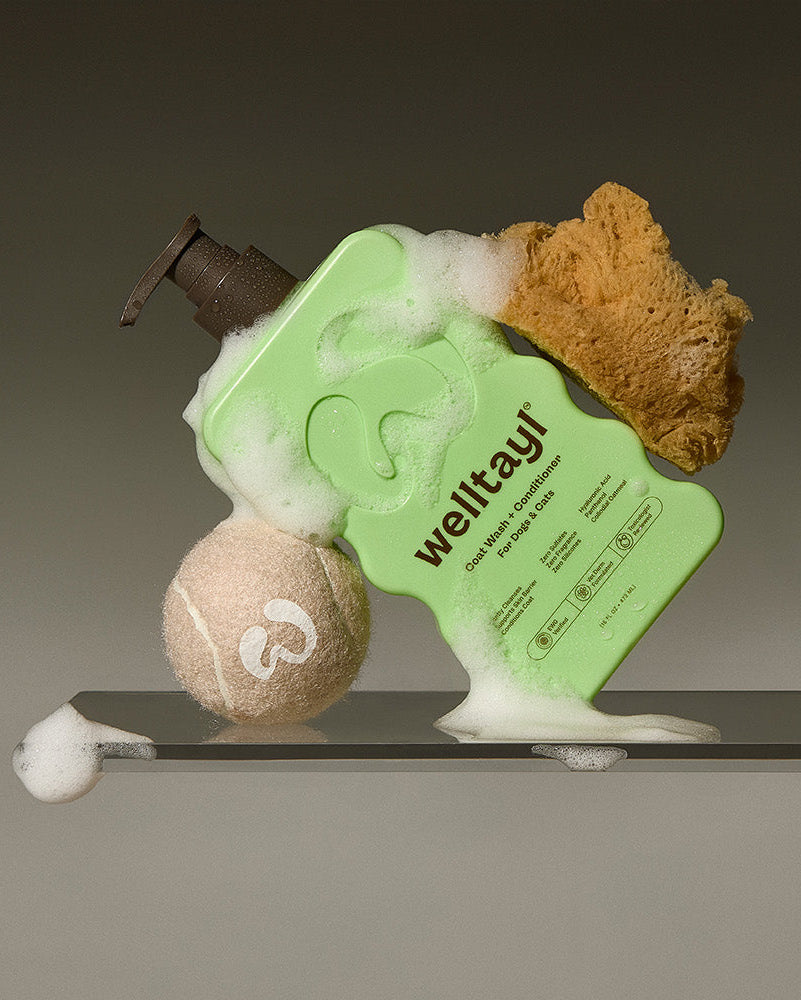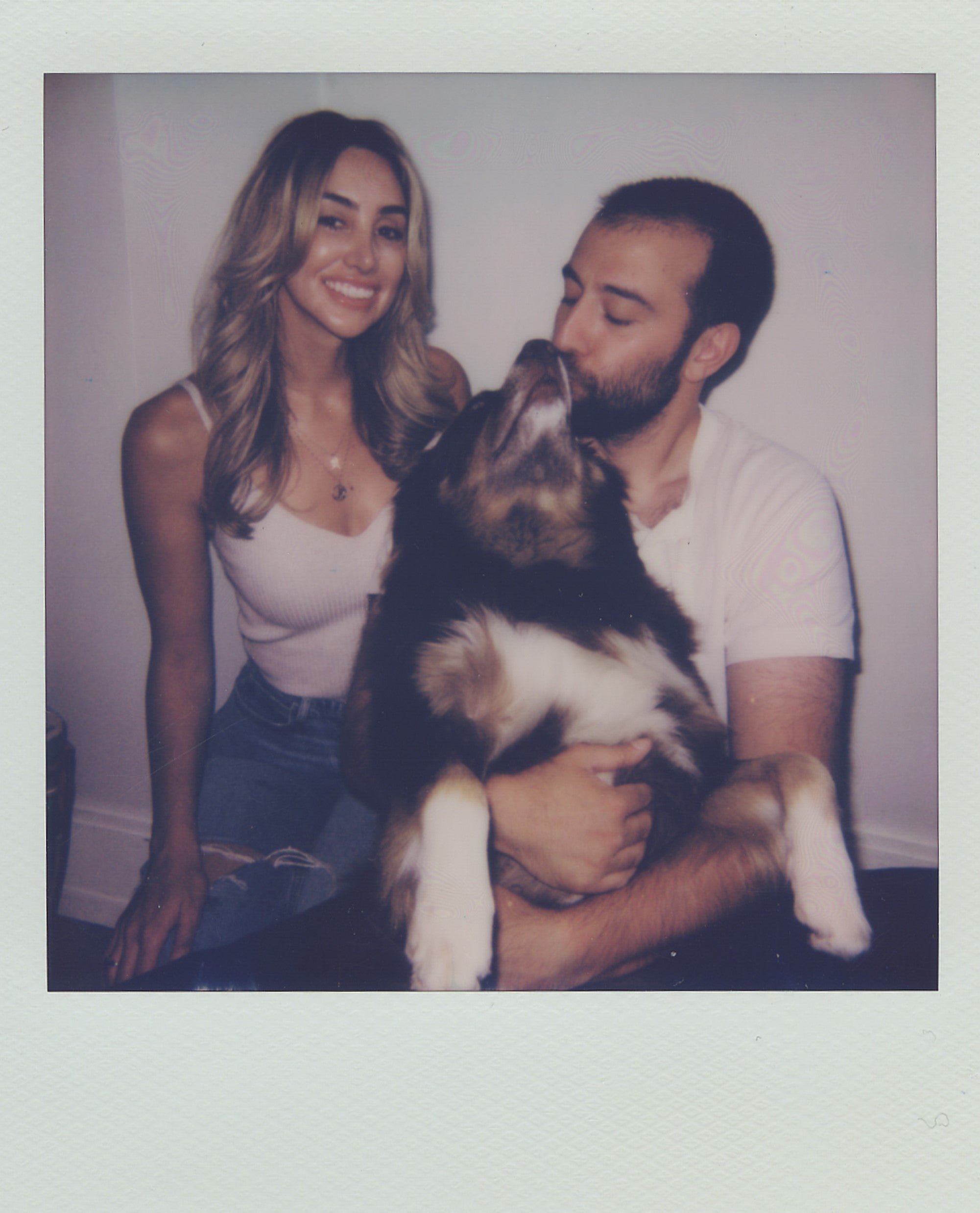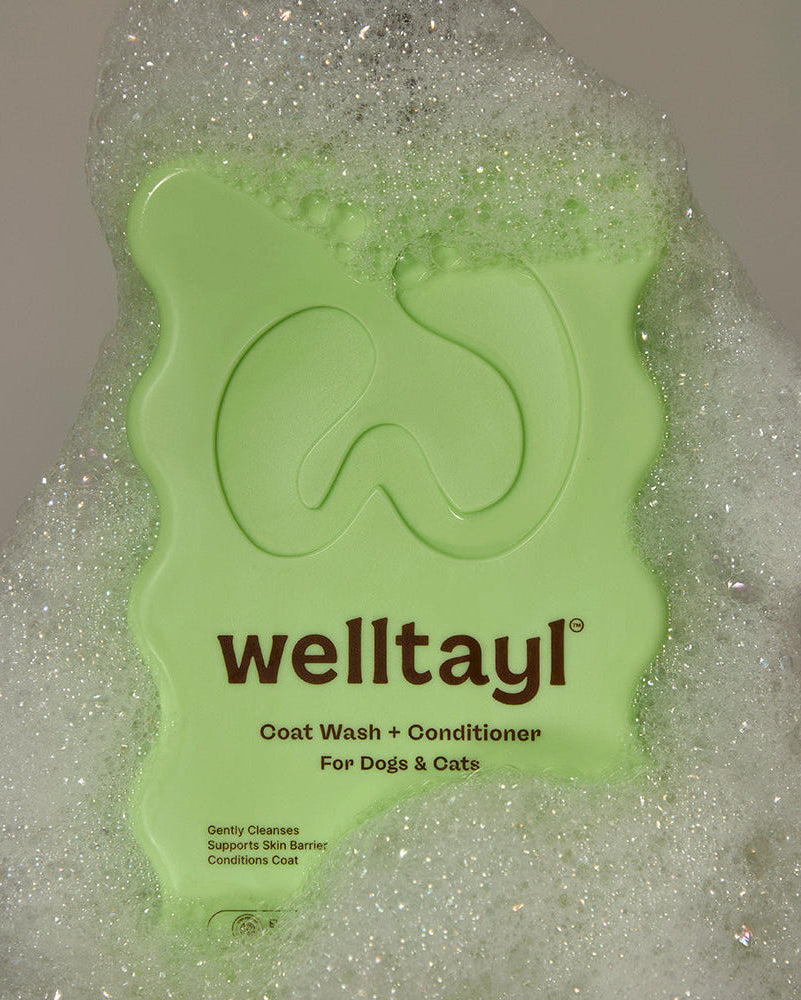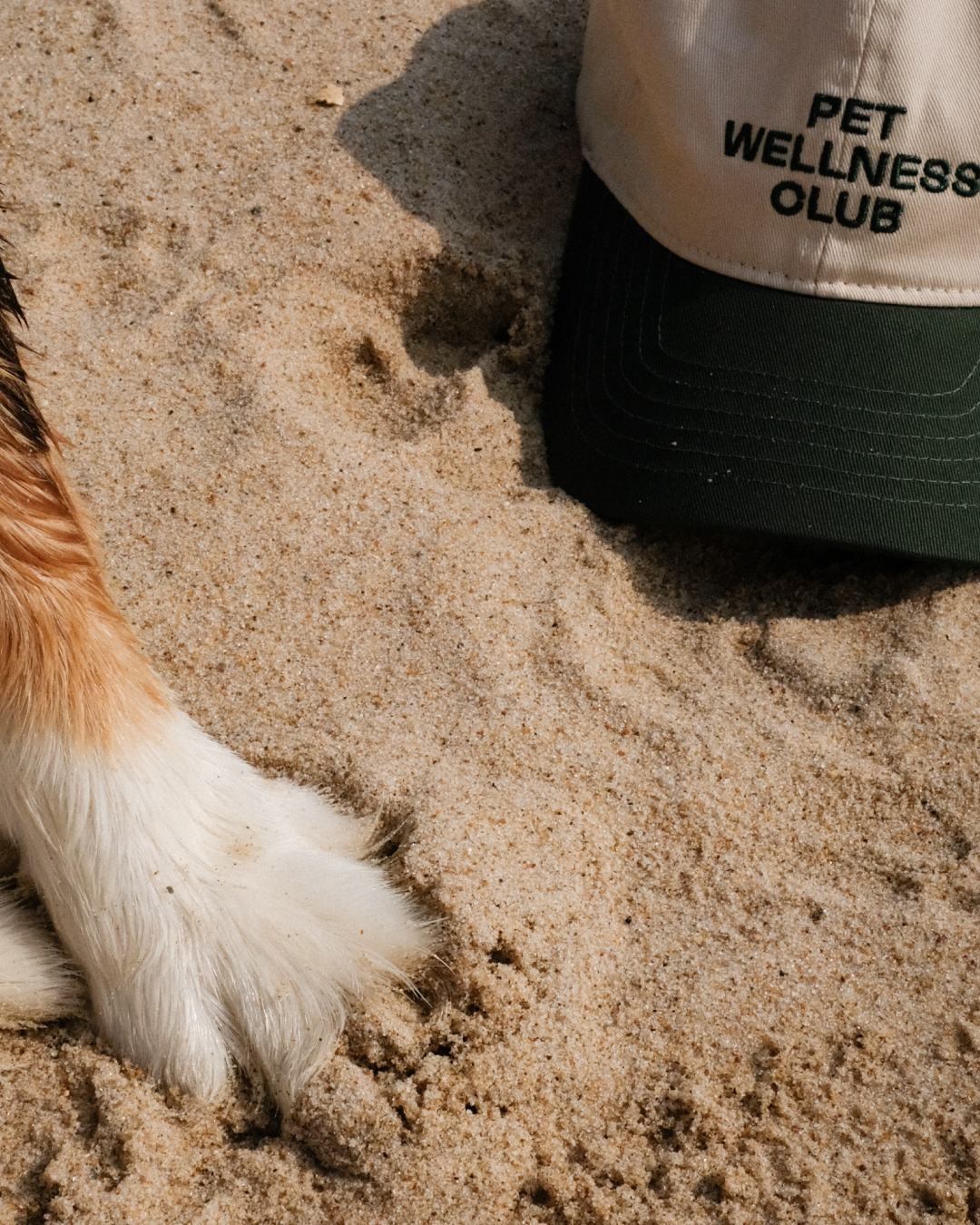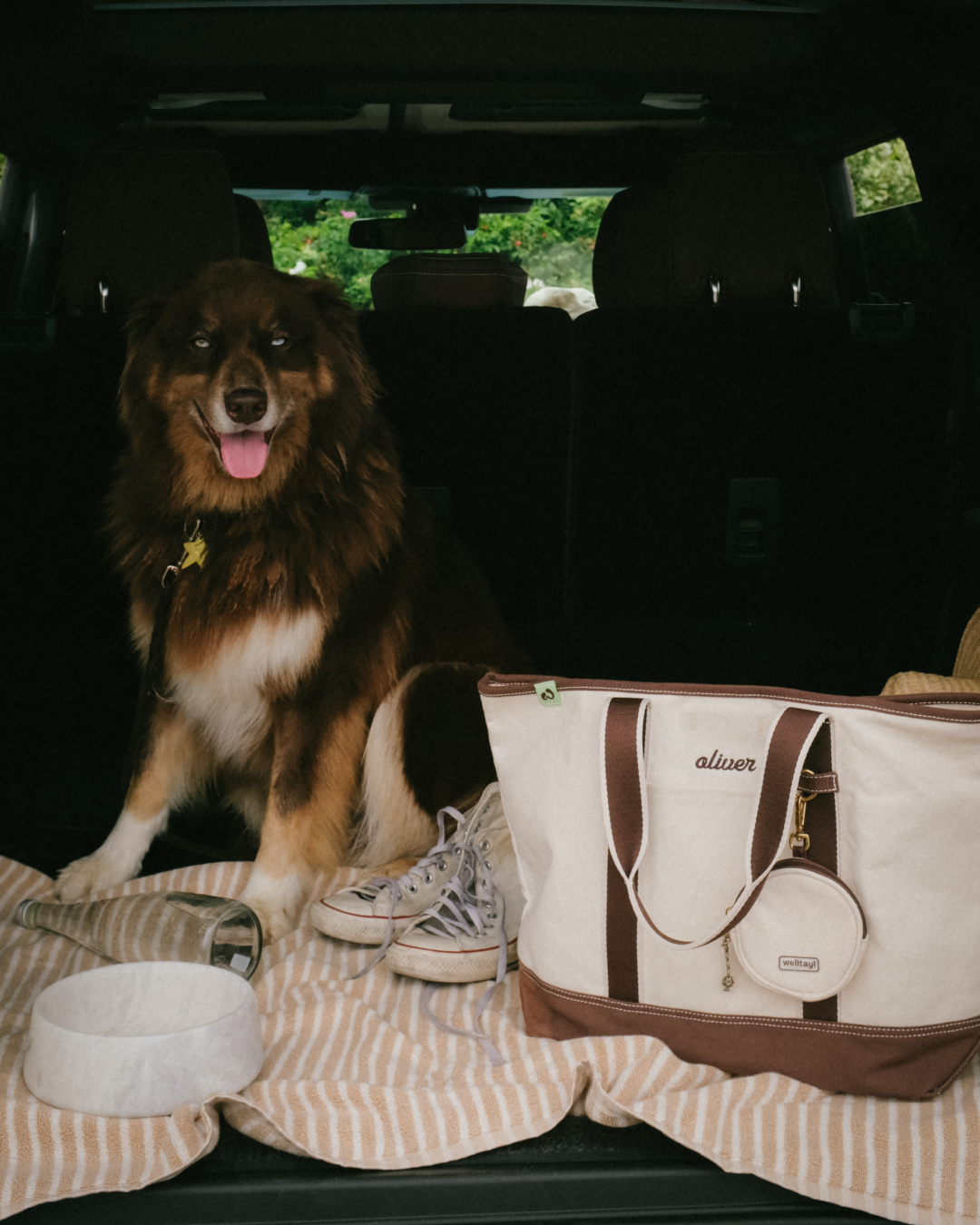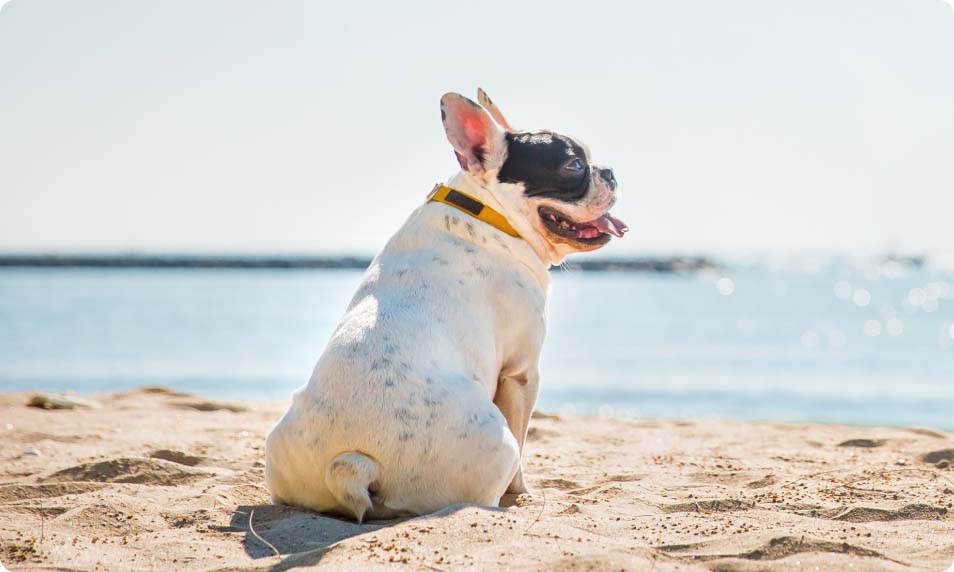As you gear up for a sunny day out with your pet, it's crucial to consider their skin protection just as you would your own. While slathering on your favorite sunscreen might seem like a good idea to protect your dog from harmful UV rays, not all sunscreens are safe for pets. In fact, some common ingredients found in human sunscreens can be downright dangerous for dogs.
Remember, their health and safety come first, so let's dive into understanding which sunscreens are safe for your dog and why it matters.
Table of Contents:
- Key Takeaways
- Understanding Sunscreen and Dog Safety
- Safe Sunscreen Practices for Dogs
- Conclusion
- Frequently Asked Questions
Key Takeaways
- 🌿 Ingredient Awareness: Not all sunscreens are safe for dogs due to toxic ingredients such as zinc oxide and PABA, which can cause serious health issues if ingested.
- 🛒 Choosing the Right Product: Always select a sunscreen specifically formulated for pets, avoiding harmful chemicals and ensuring it's designed to provide broad-spectrum protection.
- 🧴 Application Protocol: Proper application involves performing a patch test first to ensure your pet’s skin tolerates the product. Afterward apply sunscreen to exposed areas like the nose and ears, and reapply every three to four hours, especially after swimming.
- 🌞 Importance of Sun Protection: Dog breeds with lighter or thinner coats are more susceptible to sunburn and related health issues, making sunscreen an important aspect of their safety when outdoors.
- ⚠️ Health Respects from Toxic Ingredients: Ingredients like zinc oxide can lead to gastrointestinal upset, red blood cell damage, and potential organ dysfunction in dogs.
- ✅ Safe Products and Practices: Opt for vet-recommended, pet-safe sunscreens without dangerous chemicals to safely and effectively protect your dog from harmful UV rays.

Understanding Sunscreen and Dog Safety
When enjoying the outdoors with your pet , protecting them from the sun's harmful rays is crucial. Just as sunscreen is essential for humans, certain dogs also benefit from sun protection tailored specifically for canine safety.
Why Dogs May Need Sunscreen
Some dogs are more vulnerable to sunburn than others, particularly those with light-colored or thin coats, and hairless breeds. Areas with less fur, such as the nose, ears, and belly, are especially prone to sun damage. Applying dog-specific sunscreen to these exposed areas helps shield them from ultraviolet (UV) rays, reducing the risk of sunburn.
For example, breeds like Dalmatians, Greyhounds, and French Bulldogs have sensitive skin that easily burns under direct sunlight. Protecting susceptible areas can prevent discomfort and long-term health issues related to sun exposure.
Risk Associated with Sun Exposure
Sunburn is not just uncomfortable for dogs; it can lead to more severe health issues, such as skin cancer and dermatitis. Continuous sun exposure without protection exacerbates these conditions and may necessitate more complex treatments.
Statistically, prolonged UV exposure can significantly increase the risk of skin conditions in dogs, particularly those susceptible due to genetic factors or grooming styles, like shaving, which expose more skin to sunlight.
Toxic Ingredients in Sunscreen for Dogs
When selecting a sunscreen for your dog, it's important to be aware of certain ingredients that could be harmful if your furry friend licks their skin after application. Not all sunscreens are safe for pets, so knowing what to avoid can ensure your dog's safety and wellbeing.
Common Harmful Ingredients
Several ingredients in sunscreens for humans can cause adverse effects in dogs. These ingredients include:
- Zinc Oxide: Commonly found in both regular and mineral-based sunscreens, this compound helps block both UVA and UVB rays effectively in humans. However, for dogs, it’s a different story. If ingested, vomiting and diarrhea are common.
- PABA (Para-aminobenzoic Acid): Older sunscreens often contained this chemical, which aids in UV protection. Due to its potential allergic reactions in humans, it's less commonly used today, but it’s still important to ensure it’s avoided because it can be harmful to dogs.

Safe Sunscreen Practices for Dogs
Protecting your dog from the sun isn't just about finding shade; it's also crucial to use the right kind of sunscreen. Here's how you can ensure your pet stays safe and healthy under the sun.
Choosing the Right Sunscreen
Choosing the right sunscreen for your dog involves more than picking any bottle off the shelf. It's essential to use products designed specifically for pets. Look for sunscreens that are free from harmful chemicals like zinc oxide and salicylates, which can cause health issues in dogs. Pet-friendly sunscreens do not contain these ingredients, ensuring your dog's safety if they lick their fur.
Products labeled as "vet recommended" provide an extra layer of credibility. Ingredients you want in a dog-safe sunscreen include titanium dioxide, which is a non-toxic reflection-based sunblocker. Always check the label to make sure the product is fragrance-free and non-greasy.
How to Properly Apply Sunscreen to Dogs
Applying sunscreen to your dog is a step often overlooked, but it's as crucial as applying it on yourself. First, test the sunscreen on a small patch of your dog's skin to ensure there's no allergic reaction. If the skin remains normal after a few minutes, you're good to go. Apply the sunscreen gently on areas most exposed to sunlight, particularly the nose, ears, around the eyes, and anywhere the fur is thinner or skin is exposed.
Re-apply the sunscreen every two to four hours, especially if your dog loves swimming or tends to roll around a lot. Even water-resistant dog sunscreens can wash off or become less effective after your dog has been active for a while.
Keeping these practices in mind, you'll help protect your furry friend from harmful UV rays.
Stay informed about how to keep your pets happy and healthy! Join the Welltayl Newsletter for more tips on pet care. Click here to subscribe and learn how to make the most of your pets' sunny days without putting their health at risk.
Conclusion
Protecting your dog from the sun's harmful rays is as important as protecting yourself. Remember to use only pet-specific sunscreens to avoid the risk of poisoning from ingredients toxic to dogs. By selecting vet-recommended brands and carefully applying the product, you're taking an important step in maintaining your pet's health and well-being. Keep these tips in mind to ensure your furry friend enjoys the sunny days safely and comfortably.
Frequently Asked Questions
What happens if your dog eats sunscreen?
If a dog ingests sunscreen, it can lead to gastrointestinal issues, such as vomiting or diarrhea. Some ingredients in human sunscreens, like Zinc Oxide and PABA, are toxic to dogs and can cause more severe symptoms, including dehydration.
Is oxybenzone toxic to dogs?
Yes, oxybenzone found in human sunscreens can be harmful to dogs. It may cause skin irritation or more severe health issues if ingested. Opt for products specifically formulated for pets without this ingredient to avoid these risks.
Is sunscreen safe for pets?
Sunscreen designed for humans should not be used on pets due to potentially toxic ingredients. However, pet-specific sunscreens are safe and recommended, especially for pets with light skin or thin coats, to prevent sunburn and related skin issues.
Is human sunscreen safe for dogs?
Human sunscreen is generally not recommended for dogs. Ingredients like zinc oxide and salicylates can be toxic when ingested by pets. Always use sunscreens specially formulated for dogs to ensure their safety.
Resources:
- "Zinc toxicity in dogs," NCBI
- "Sunscreen for dogs," PubMed
- "Sunscreen for dogs," PubMed
-
"Effects of UV rays on dogs," PubMed
Read more
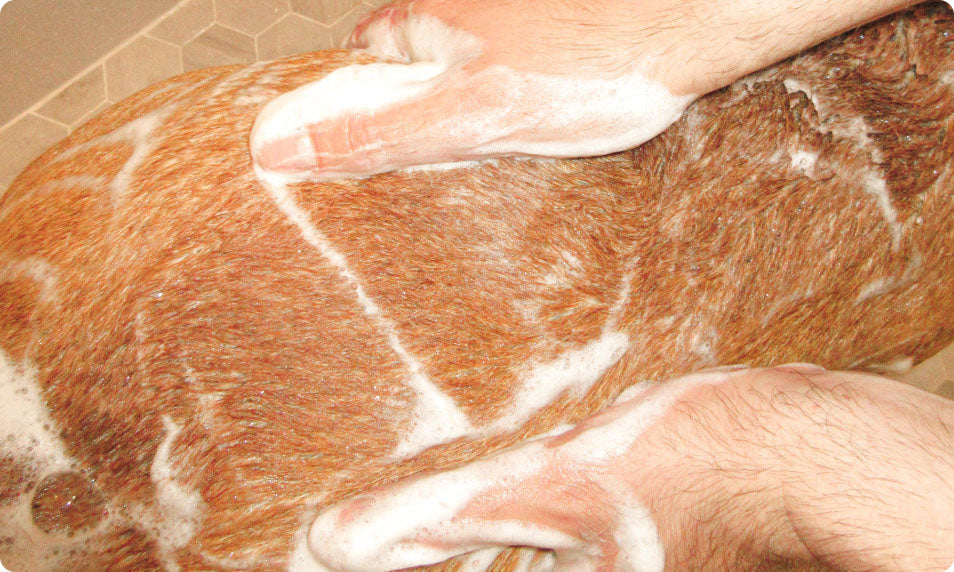
Understanding the potential risks and benefits of using human conditioner on your furry friend. Get insights from an experienced vet. Causes and Alternatives!

Discover the ultimate guide to cat cleaning. Learn step-by-step tips for grooming, including brushing, bathing, and nail care. Ensure your cat stays healthy and happy!

